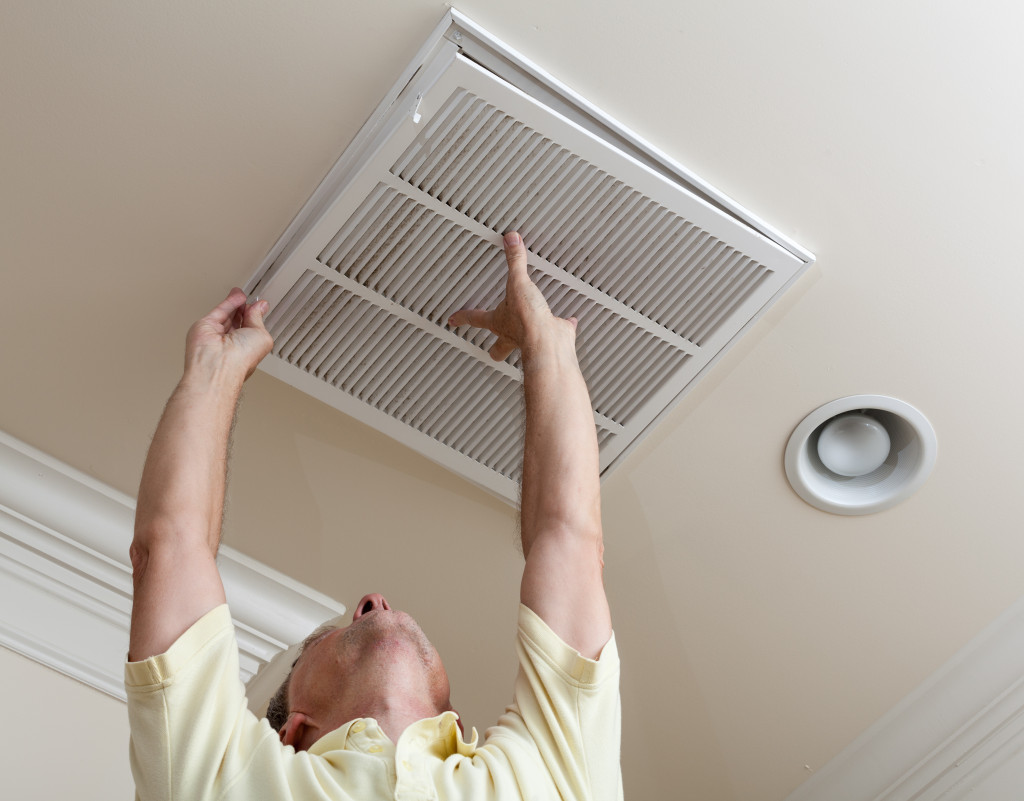When at home, you expect to feel safe, relaxed, and comfortable. Unfortunately, homes can sometimes become the opposite — unsafe, stressful, and unhealthy. If you have a family with little kids spending most of their days cooped up at home, the last thing you want is an unhealthy living space.
The following are signs that your home may be becoming an unhealthy place to live and what you can do about it:
You Feel Anxious or Stressed All the Time
If you find yourself feeling anxious or stressed for no apparent reason, it could be because your home is full of toxins that are wreaking havoc on your nervous system. Synthetic fragrances found in candles, air fresheners, and laundry detergents are some of the culprits behind our growing anxiety levels. The same goes for the cleaning products you used to keep your home sparkling clean — they may contain harmful chemicals that can trigger anxiety and stress.
What you can do is be mindful of the products you use in your home. Try to switch to natural alternatives whenever possible. When it comes to laundry, choose fragrance-free detergents or opt for a natural scent by adding a few drops of essential oil to your load. When cleaning, ditch the toxic chemicals and use natural solutions like vinegar, baking soda, or lemon juice instead.
You can also try to declutter your home to help reduce stress levels. Studies show that living in a cluttered environment can lead to higher levels of the stress hormone cortisol. So, take some time to clean and organized your home and remove anything you no longer need or use.
Your Furnace Is Old and Inefficient
If your furnace is more than 20 years old, chances are it’s not running as efficiently as it used to. An inefficient furnace can not only drive up your energy bills but can also pump harmful toxins into your home. Older furnaces tend to leak carbon monoxide, a colorless and odorless gas that can be deadly if inhaled in large amounts.
If you haven’t been in the furnace business for a while, it’s also been ages since the last time you cleaned it. Dust, dirt, and pet hair can all accumulate over time and clog the furnace’s filter, making it work even harder. And as the furnace works harder, it tends to leak more toxins into your home.
Consider replacing your furnace with a newer and more efficient model. This will help improve the air quality in your home and could save you money on your energy bills. Find a reputable company offering furnace installation and repair services to help you with this project. The right technicians will help you determine if your furnace is still repairable or if it now needs a replacement. As for quotes, compare prices, and find professionals with years of experience and great reviews to ensure you are getting your money’s worth.
You Have Dirty Air Filters

Your air filters serve an important purpose — they help remove dust, pollen, and other allergens from the air in your home. But if you don’t regularly clean or replace them, they can quickly become clogged with dirt and debris, making them less effective at doing their job. This can lead to poorer indoor air quality and can trigger allergies and respiratory problems.
To ensure your air filters are always clean, set a reminder on your calendar or phone to check them every month. If they are visibly dirty, replace them with new ones. It’s also a good idea to have spare filters on hand so you can quickly and easily replace them when needed.
You can tell if your air filters need replacement if you notice dust accumulating on surfaces in your home or if you start sneezing and coughing more often indoors. There is no hard and fast rule for how often you should replace your filters, as it depends on factors like the type of filter you have, the size of your home, and the number of people in your household. However, a good rule of thumb is to replace them every three months.
You Don’t Have Enough Ventilation
Your home needs enough ventilation to eliminate the excess moisture, dust, and toxins. If it doesn’t have enough ventilation, these harmful particles can build up and cause allergies, respiratory problems, and other health issues.
There are a few signs that your home might not be adequately ventilated. If you notice condensation on your windows or walls or if there is a musty smell in your home, these could be indicative of poor ventilation. You might also notice that your home feels stuffy, even when the windows open.
To improve ventilation in your home, open the windows as often as possible to let fresh air in. If you live in an area with high pollen counts or other air pollutants, consider investing in an air purifier. You can also try using a dehumidifier to remove excess moisture from the air.
It also helps ensure your home has enough insulation. This will help keep the air inside your home from escaping and will also help keep outside air from coming in. Add weatherstripping around your doors and windows, and seal any cracks or gaps in your walls to help improve insulation.
Living in an unhealthy home can have a serious impact on your family’s overall health and well-being. Knowing the signs of an unhealthy home can help you take steps to improve the air quality and make your home a healthier place to live. With the help of this list, you can ensure your home is as healthy as possible.
